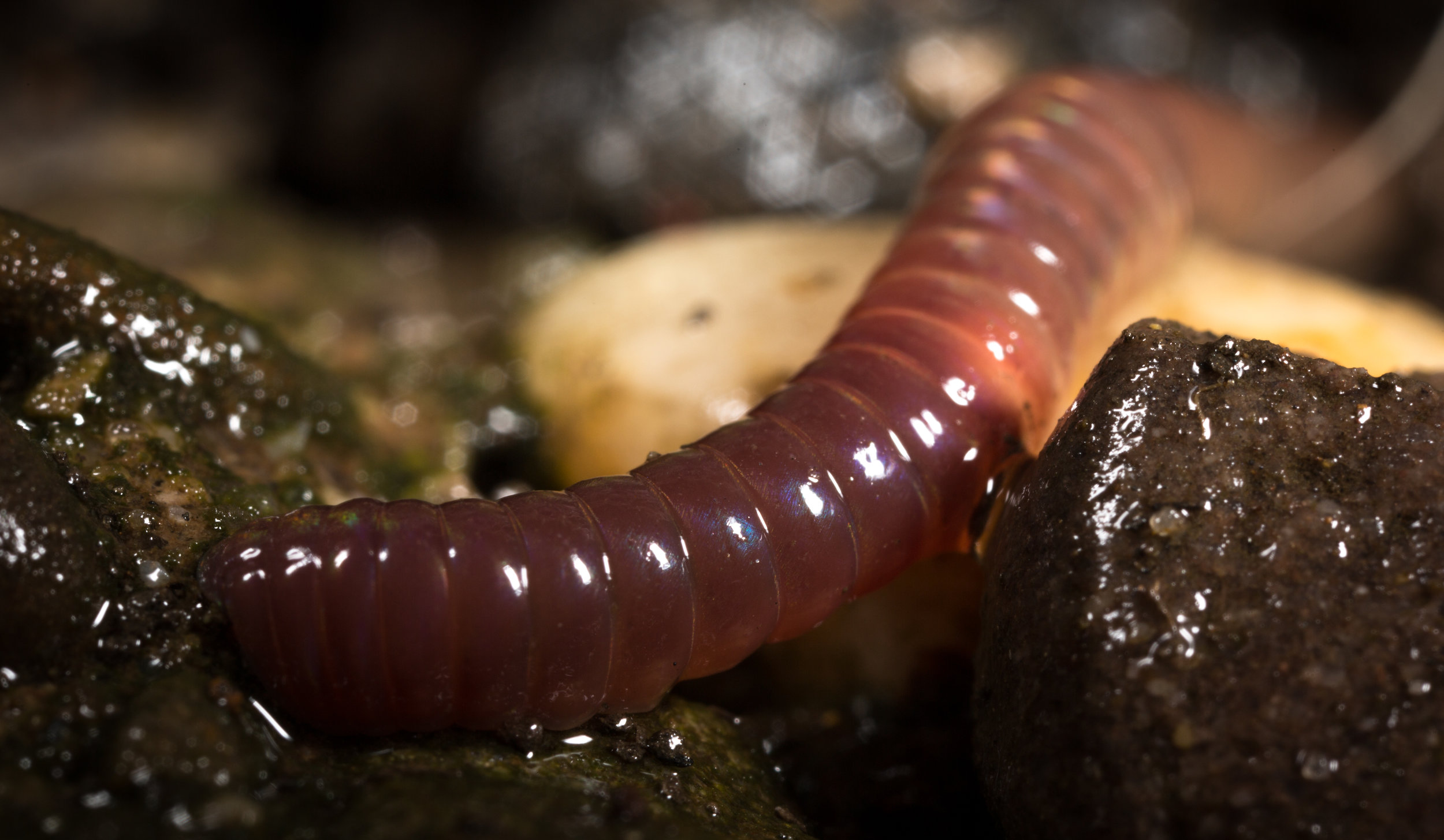Worms Make Risky Choices Too!
So you’re hungry. But…seriously, like really hungry. It’s been a full day of science and your last meal was – oh, maybe, 12 hours ago. Standing on the corner, waiting for the bus, you think to yourself that there might be some leftover pasta at home in the fridge…a fridge that’s a 45-minute bus ride away. And that’s when you see it... the neon open sign of your campus’ finest (read…only) late night eatery. Frequented by undergrads because of its affordable price point, it’s an establishment avoided by everyone else for its reputation of lax health standards and frequent incidences of food poisoning. You check your watch. Another ½ hour before the bus arrives. What do you do? Wait until you get home? Or risk possible food poisoning across the street?
While the above scenario may seem slightly absurd, for the rest of the animal kingdom finding food really can be a risky endeavour. When foraging, organisms put themselves at greater risks of being eaten or injured. If well fed, animals will try to minimize these risks, perhaps by waiting longer before feeding to avoid a predator. But, just like in the above scenario where food poisoning might not seem so bad, when hungry, animals are more likely to take greater risks while in search of food. A number of animals are known to make riskier choices when hungry including – as shown by our most recent paper – the common earthworm (Lumbricus terrestris).
Just like other animals, the common earthworm needs to eat, but is also at risk of being eaten. So, it stands to reason that earthworms may also be faced with making risky foraging decisions. To test if this was the case – we used a simple choice experiment. Earthworms could choose to feed in either a low nutrient, dark area (low reward, low risk) or a high nutrient, light area (high reward, high risk). Earthworms are negatively phototactic – they move away from light sources that they encounter – so feeding in high light conditions represents a potentially “riskier” foraging choice for worms. Sure enough – just like in other organisms – we found that if starved, our earthworms not only choose to feed in the “riskier” condition more often, but also made their foraging decisions faster than non-starved worms.
While this result isn’t surprising given what we know about most organisms, a lot of what we know about animal behaviour comes from experiments with birds, mammals, and other vertebrates. Invertebrates – like annelids and arthropods – have been less well studied. So experiments like ours that focus on understudied taxa are important for understanding how common these behaviours may be.
However, my favourite thing about this project was that it was done by undergraduate students! While I’ve been saying that “we” showed that earthworms make risky foraging decisions - I really mean my two former undergrads Oskar Shura and Pawandeep Sandhu (see image below). Oskar and Pawan developed this project as part of a third year course at the University of Toronto Mississauga. In this course, students develop their own independent research projects and I, as teaching assistant, act as their advisor. Oskar and Pawan developed and executed such a creative project with such a clear result that Rosalind Murray (my co-teaching assistant for the course) and I decided to help them navigate the peer review process! They published their paper in the Canadian Journal of Zoology last year. While no longer doing research, both Oskar and Pawan are currently completing professional degrees in optometry and medicine, respectively.


